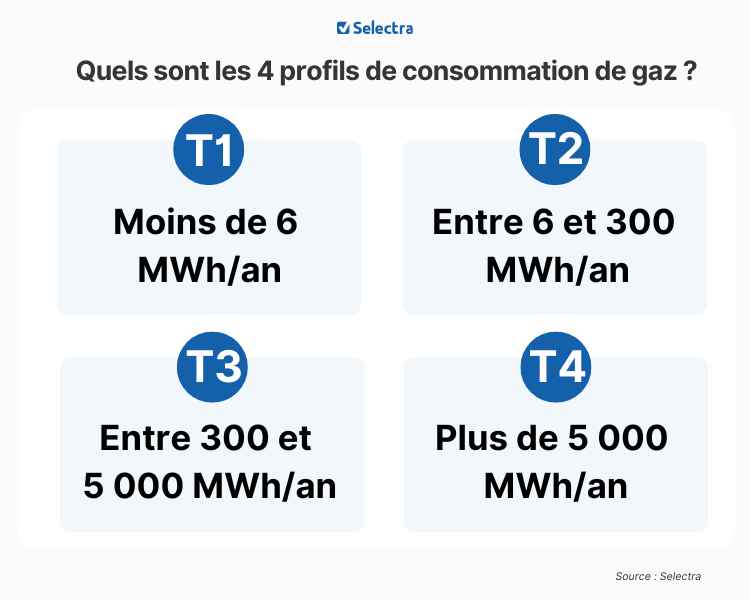The energy transition has become a major issue for industrial sectors, and it is essential to adopt innovative strategies to address current environmental challenges. This article will detail the key steps, the optimal materials to integrate, and the mistakes to avoid, while transforming you into a key player in this necessary change.
The energy transition aims to reduce greenhouse gas emissions and enhance resource efficiency. According to the DRIEAT, the industrial sector accounts for about 30% of national emissions. Therefore, it is vital to take action in this area. Understanding these issues will enable you to drive eco-responsible initiatives within your organization.

Conducting an energy audit and defining an energy strategy
Before starting any initiative, it is crucial to conduct an energy audit. This includes analyzing current consumption and identifying the most energy-intensive areas. Digital tools, such as specialized software, can facilitate this task. With this information, it is possible to define action priorities and establish a strategic action plan tailored to the specific needs of the company. In 2022, a study revealed that companies that conducted audits managed to reduce their consumption by an average of 15%.
Once the audit is completed, develop an energy strategy that meets your needs. This may include short, medium, and long-term goals based on measurable data. For instance, one goal could be to reduce GHG emissions by 40% by 2030, using the year 1990 as a reference. This strategy should also include practices aimed at integrating renewable energies into the company’s energy mix.
Implementing priority actions
A strategy without concrete actions makes no sense. Among effective initiatives:
- Renovating lighting installations, which can lead to up to 40% energy savings.
- Training employees on sustainable practices.
- Transitioning to renewable energy solutions like solar and wind.
To implement the defined actions, it is essential to adopt modern and innovative technologies. This can include energy management systems, energy-efficient equipment, or the installation of renewable energy sources such as solar panels or wind energy. Companies should also consider partnerships with green energy suppliers to diversify their sourcing.
Moreover, energy sobriety must be a central goal. This involves not only reducing energy consumption but also changing consumption and production habits. Companies should consider more efficient working methods, such as adopting remote work or revising production schedules to optimize energy use during periods of high availability.
Feedback from other industrial players who have successfully transitioned can also serve as a lever for action. These concrete examples of companies that have significantly reduced their energy consumption can serve as inspiring models for others. Sector guides published by various organizations can illuminate best practices and actions to maximize the impact of their approach.

Government incentives play a crucial role in this dynamic. Companies must stay informed about the various aids and subsidies available to finance their energy efficiency and renewable energy projects. This can alleviate the burden of initial investments and encourage faster adoption of efficient solutions.
Furthermore, legal and regulatory aspects must be taken into account. Companies must stay informed about the current regulations and legislative projects concerning the energy transition. Working closely with the relevant authorities and participating in public initiatives can also facilitate adherence to stricter environmental standards.
Continuously measure and adjust
Once the actions are in place, it is essential to measure their effectiveness and monitor the evolution of the energy transition strategy through well-defined performance indicators. These indicators will allow for regular evaluation of energy savings achieved and adjustment of actions as needed. Rigorous tracking ensures the sustainability of the efforts made and helps establish the company’s exemplary reputation with its clients and partners.
The use of KPIs and management tools will help you track your progress. If some initiatives do not achieve the expected results, it is crucial to adjust them quickly.
Creating a high-value corporate culture
The energy transition also requires a cultural shift within the company. Promoting the values of sustainability and innovation among teams fosters individual involvement in this process. A company that values the commitment of its employees will be better positioned to succeed in its energy transition.
The energy transition in industrial sectors is not just a legal obligation but a real economic lever and a moral imperative. To delve deeper into your efforts, discover how to successfully integrate the energy transition into your business model.
La transition énergétique ne se fera pas sans le sous-sol
— BRGM (@BRGM_fr) January 12, 2024
Mais comment encadrer les conditions de son utilisation ? pic.twitter.com/0V9HBuzeLN
FAQ
What is the energy transition for businesses? The energy transition refers to the process by which companies adopt practices and technologies aimed at reducing their energy consumption and greenhouse gas emissions.
What are the main levers for successfully transitioning? The levers include conducting energy audits, using renewable energy, optimizing production processes, and raising employee awareness of energy sobriety practices.
How to carry out an energy audit? An energy audit involves evaluating the company’s energy consumption and identifying energy-saving opportunities by examining equipment, processes, and the working environment.
What actions should be implemented after an energy audit? After an audit, it is essential to define an energy strategy, prioritize the actions to be taken, and involve all personnel in implementing the changes.
Can companies benefit from funding for their energy transition? Yes, multiple mechanisms exist, including grants, tax credits, and zero-interest loans to help companies finance their energy transition projects.
What is the importance of employee awareness in this process? Employee awareness is crucial as it enables behavior changes and fosters the adoption of sustainable energy practices within the company.
What role does corporate social responsibility (CSR) play in the energy transition? CSR becomes a key lever for integrating sustainable and responsible strategies, allowing companies to enhance their image while contributing to environmental protection.
How to measure the effectiveness of implemented actions? Effectiveness can be measured by tracking energy performance indicators, such as reductions in energy consumption, decreases in energy costs, and impacts on greenhouse gas emissions.
Articles similaires
Thank you!
We will contact you soon.














